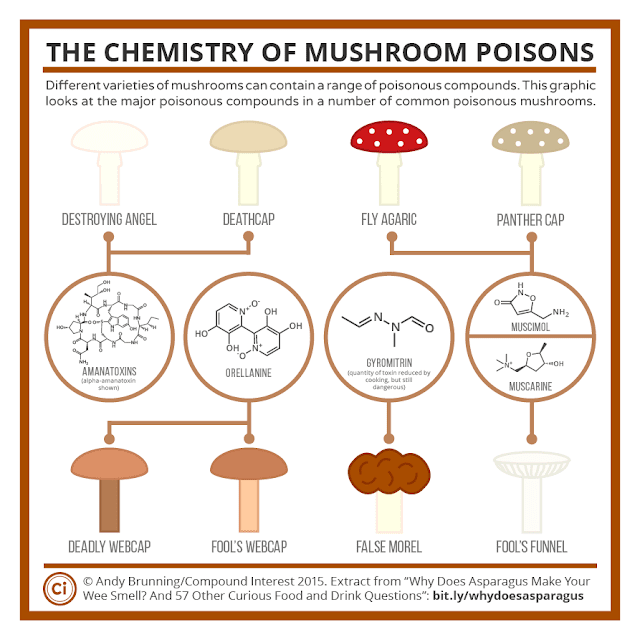Pediatricians have often remarked upon it: Give one adolescent his first cigarette, and he will cough and choke and swear never to try another one. Give a cigarette to a different young person, and she is off to the races, becoming a heavily dependent smoker, often for the rest of her life. We have strong evidence that this difference in reaction to nicotine is, at least in part, a genetic phenomenon.
But so what? Is there any practical use to which such knowledge can be put? As it turns out, the answer may be yes. People with the appropriate gene variations on chromosomes 15 and 19 move very quickly from the first cigarette to heavy use of 20 or more cigarettes per day, and have more difficulty quitting, according to a new report published in JAMA Psychiatry in 2013. From a public health point of view, these findings add a strong genetic rationale to early smoking prevention efforts— especially programs that attempt to “disrupt the developmental progression of smoking behavior” by means of higher prices and aggressive enforcement of age restrictions on smoking.
What the researchers found were small but identifiable differences that separated people with these genetic variations from other smokers. The gene clusters in question “provide information about smoking risks that cannot be ascertained from a family history, including information about risk for cessation failure,” according to authors Daniel W. Belsky, Avshalom Caspi, and colleagues at the University of North Carolina and Duke University.
The group looked at three prominent genome-wide association studies of adult smoking to see if the results could be applied to “the developmental progression of smoking behavior.” They used the data from the genome work to analyze the results of a 38-year prospective study of 1,037 New Zealanders, known as the Dunedin Study. A total of 405 cohort members in this study ended up as daily smokers, and only 20% of the daily smokers ever achieved cessation, defined as a year or more of continual abstinence.
The researchers came up with a multilocus genetic risk score (GRS) based on single-nucleotide polymorphisms associated with smoking behaviors. Previous meta-analyses had identified several suspects, specifically a region of chromosome 15 containing the CHRNA5-CHRNA3-CHRNB4 gene cluster, and a region of chromosome 19 containing the gene CYP2A6. These two clusters were already strong candidate genes for the development of smoking behaviors. For purpose of the study, the GRS was calculated by adding up the alleles associated with higher smoking quantity. The genetic risk score did not pertain to smoking initiation, but rather to the number of cigarette smoked per day.
When the researchers applied these genetic findings to the Dunedin population cohort, representing ages 11 to 38, they found that an unfortunate combination of gene types seemed to be pushing some smokers toward heavy smoking at an early age. Individuals with a high GRS score “progressed more rapidly to heavy smoking and nicotine dependence, were more likely to become persistent heavy smokers and persistently nicotine dependent, and had more difficulty quitting,” according to the study. However, these effects took hold only when young smokers “progressed rapidly from smoking initiation to heavy smoking during adolescence.” The variations found on chromosomes 15 and 19 influence adult smoking “through a pathway mediated by adolescent progression from smoking initiation to heavy smoking.”
Curiously, the group of people who had the lowest Genetic Risk Scores were not people who had never smoked, but rather people who smoked casually and occasionally—the legendary “chippers,” who can take or leave cigarettes, sometimes have one late at night, or a couple at parties, without ever falling victim to nicotine addiction. These “light but persistent smokers” were accounted for “with the theory that the genetic risks captured in our score influence response to nicotine, not the propensity to initiate smoking.”
Naturally, the study has limitations. Everyone in the Dunedin Study was of European descent, and the life histories ended at age 38. Nor did the study take smoking bans or different ages into account. The study cries out for replication, and hopefully that won’t be long in coming.
Could information of this sort be used to identify high-risk young people for targeted prevention programs? That is the implied promise of such research, but no, probably not. The gene associations are not so dramatic as to cause youngsters with the “bad” alleles to inevitably become chain smokers, nor do the right set of genes confer protection against smoking. It’s not that simple. However, the study is definitely one more reason to push aggressive smoking prevention efforts aimed at adolescents.
Belsky D.W. Polygenic Risk and the Developmental Progression to Heavy, Persistent Smoking and Nicotine DependenceEvidence From a 4-Decade Longitudinal StudyDevelopmental Progression of Smoking Behavior, JAMA Psychiatry, 1. DOI: 10.1001/jamapsychiatry.2013.736






